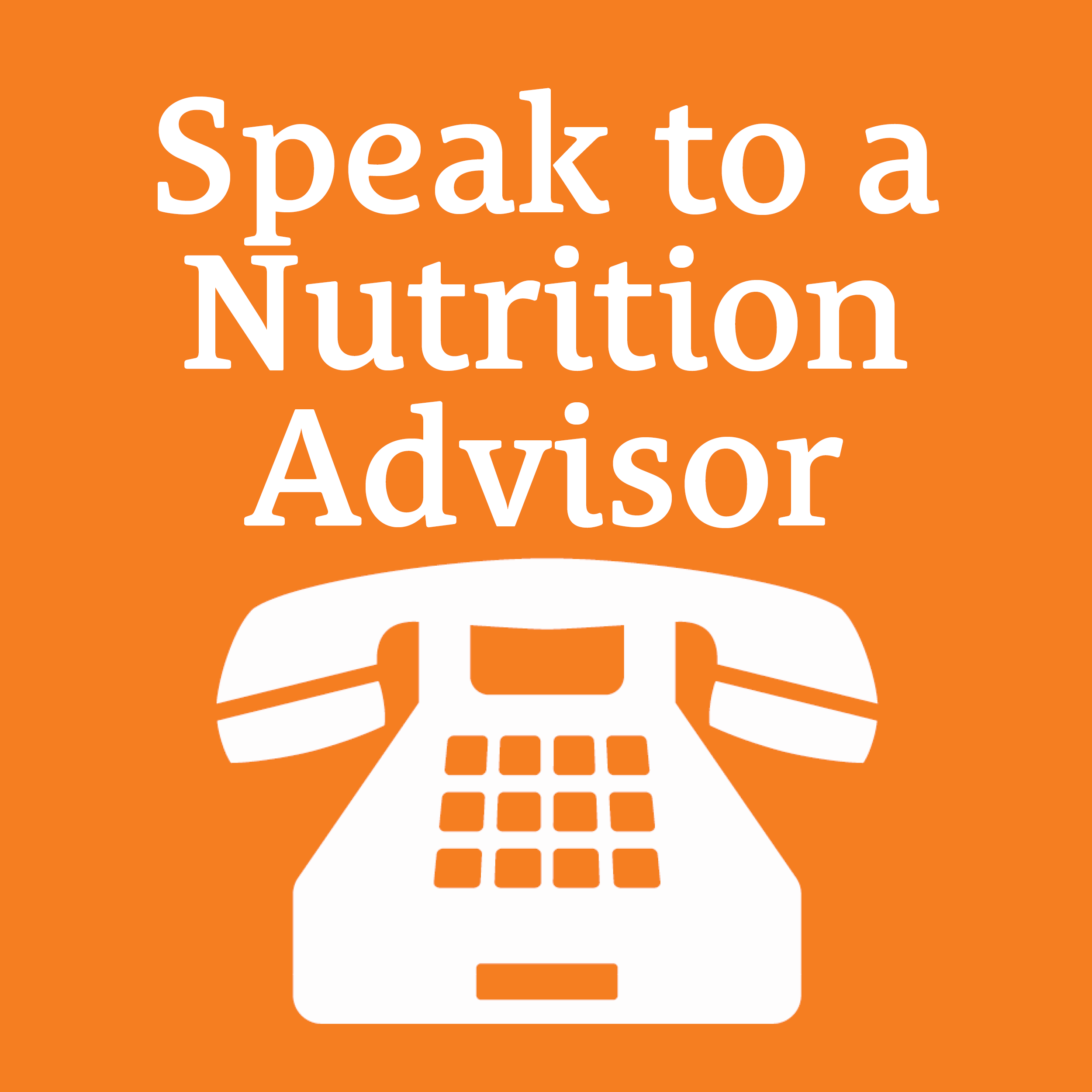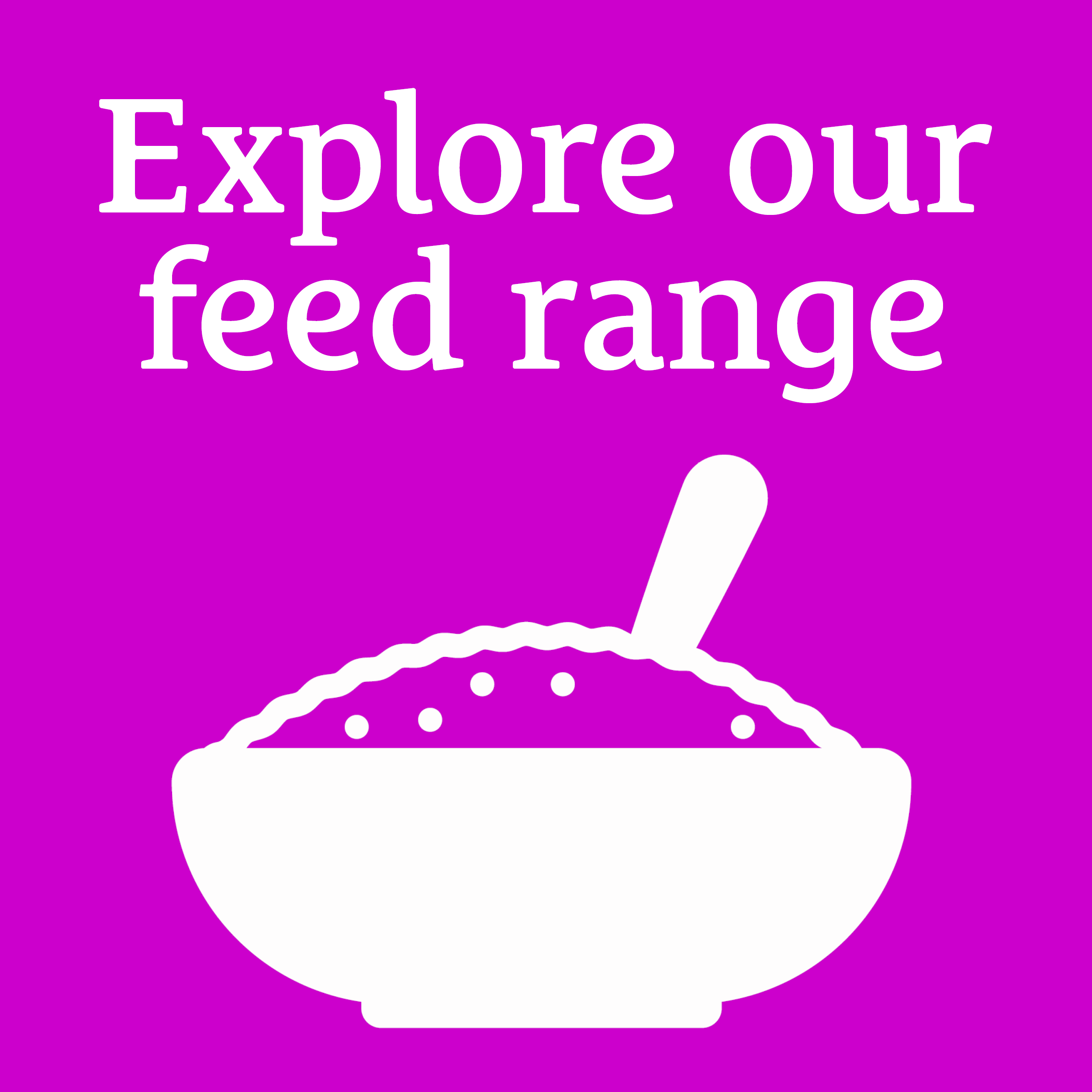Like people, horses gain excess weight when they consume more energy (calories) than they burn. Wherever possible, preventing excess weight gain is by far the best strategy but if your horse has piled on the pounds you are certainly not alone; it is estimated that obesity rates may be as high as 70% in some groups. Restricting energy (calorie) intake is the key to weight loss but whilst the theory may sound simple, we know that taking control of your horse’s waistline can be far from easy in practice. There’s no silver bullet and the most diet and management will vary between individuals.
Is your horse overweight?
Bodyweight alone is just a number and what is consider ‘ideal’ varies between individuals. A body condition score (BCS) of 5 on the 1-9 scale is generally considered ideal whilst a score of 7 or above is considered obese.
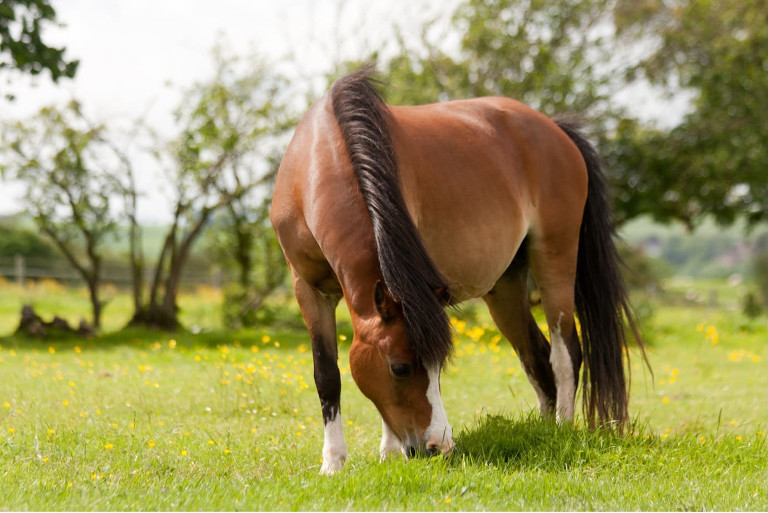
Health risks associated with obesity
- Insulin dysregulation (ID)
- Laminitis
- Poorer prognosis and recovery from laminitis
- Increased ‘inflamm-aging’ (age related decreases in immune function)
- Joint strain & arthritis
- Colic associated with lipomas (benign fatty tumours attached to the small intestine)
- Heat intolerance
- Respiratory compromise
- Reduced fertility in mares and stallions
- Reduced milk production (due to excess mammary fat) in mares leading to reducing growth and/ or compensatory growth post weaning in foals
- Increased risk of osteochondrosis dissecans (OCD), insulin dysregulation and low-grade inflammation in foals and yearlings born to obese mares
Poor performance
Exercise often becomes more difficult as we gain excess weight and the same can be true for our horses. A lack of energy under-saddle is often mistaken for a lack of energy in the diet when in fact, being overweight (which is the result of consuming too much energy), can have a significant effect on the horse’s energy levels.
Weight loss goals
Safe weight loss takes time so aim for a reduction of approximately 1% of bodyweight per week (5kg for a 500kg horse) after the first week. Greater losses in the first week are common and likely to be the result of reduced gut fill - you may have experienced something similar if you have ever been on crash diet!
Feed and management tips
Cut calories not nutrients!
Forage only diets may be lacking in key nutrients including lysine, copper, zinc, selenium and vitamin E. Balancers provide a concentrated source of vitamins, minerals and quality protein alongside negligible levels of calories, starch and sugar. Balancers high in lysine may be of particular benefit for horses and ponies on calorie restricted diets. Lysine is an essential amino acid (building block of protein) and plays a key role in supporting muscle and topline. If protein and in particular lysine requirements are not met, the body will need to break down lean tissue (muscle) to meet requirements. In addition to compromising your horse’s topline, burning muscle instead of fat slows metabolism.
Use low a low-calorie chaff to help extend eating time
Adding a small amount of a low calorie chaff or short chopped fibre to meals helps to bulk out the bucket and extend eating time without compromising your horse’s waistline.
Energy = calories
Unfortunately, energy and calories are the same thing which means it’s impossible to feed more of one without the other. Don’t be tempted to increase your horse’s feed if he is lethargic to ride or in anticipation of increased work.
Forage intake
Total daily forage intake should not be restricted to less than 1.5% of your horse’s current bodyweight (dry matter). This equates to approximately 9kg of hay (11kg if you intend to soak it first) for a 500kg horse without access to grazing.
Restrict grazing
A 250kg pony living out at grass can consume energy (calories) to fuel a 500kg racehorse – equivalent to around half a bag of ‘conditioning cubes’ every day! Possible methods of restricting grass intake include strip grazing, using a grazing muzzle, track systems, restricting time at pasture and providing ‘non-grass’ turnout’.
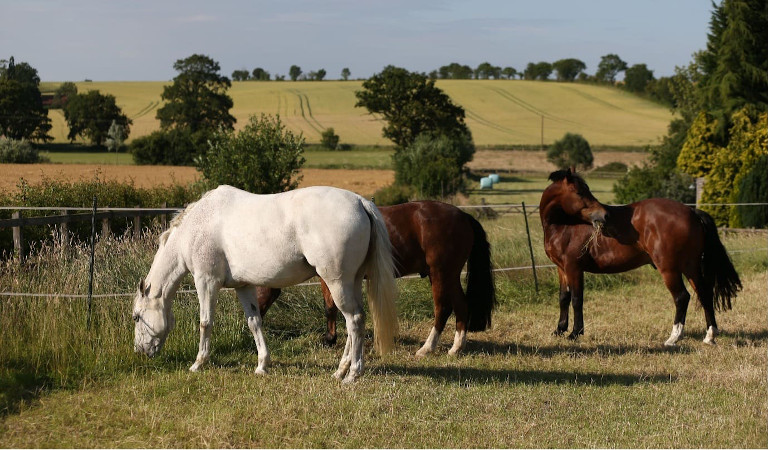
Hay, haylage & straw
- Ideally feed a low WSC hay (as opposed to a low WSC haylage), especially for laminitics
- Try feeding soaked hay – soaking helps to reduce the sugar (WSC) content and less sugar means less calories!
- Consider replacing up to 30% of your horse’s hay ration with straw to dilute the calorie content.
- Avoid long periods without forage. Try dividing rations into as many small servings as possible and/ or between multiple, double-layered, small holed haylage nets.
Maintain a regular exercise programme (if possible)
Research has shown that even small amounts of exercise may help to support a healthy metabolism, even if it doesn’t result in additional weight loss.
Embrace the winter!
Healthy horses adapt to regulating their own body temperature relatively quickly so avoid over-rugging to allow your horse to use up some of their excess body fat to keep warm as nature intended. Seasonal weight loss is natural and allowing good doers to slim down over winter months helps to prevent further/ excess weight gain when the warmer weather and better grazing arrives.
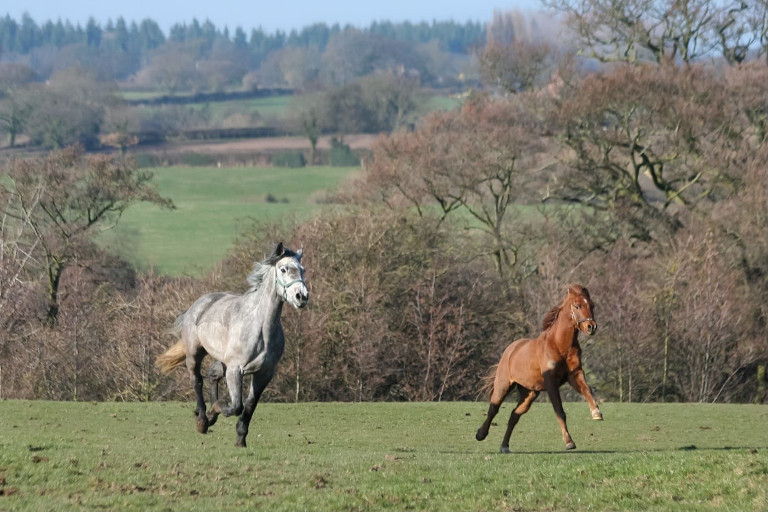
Monitor weight and body condition regularly
Regular monitoring is the key to keeping track of gradual changes. Ideally monitor weight and belly-girth weekly and BCS fortnightly. You can also try monitoring your horse’s heart-girth, rump width and body condition index (BCI) too.
